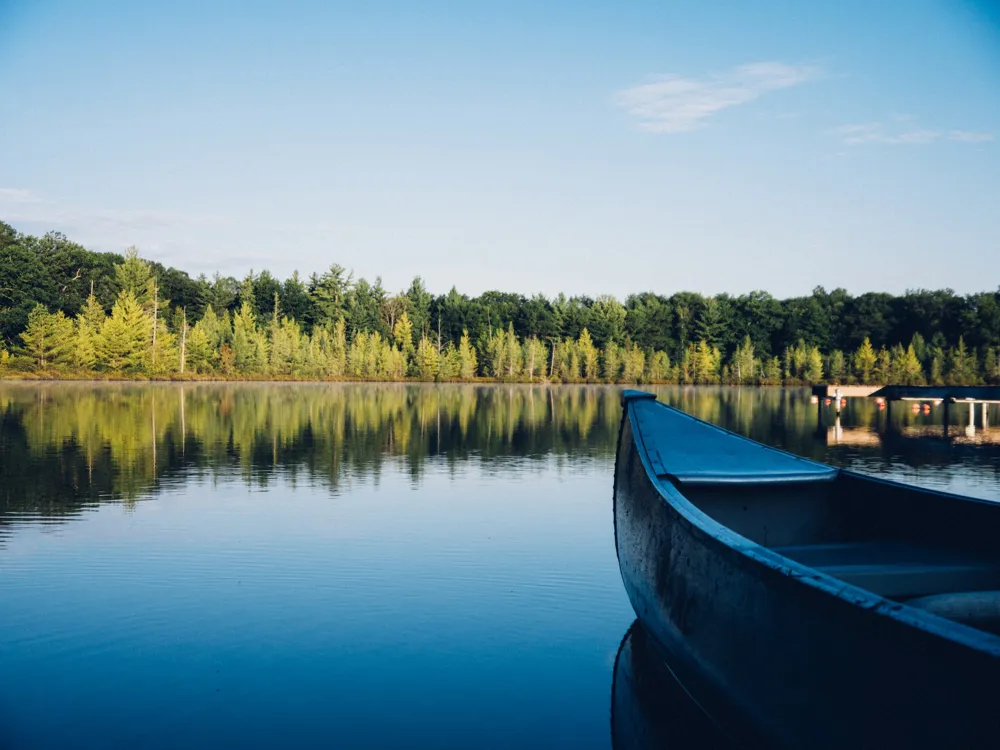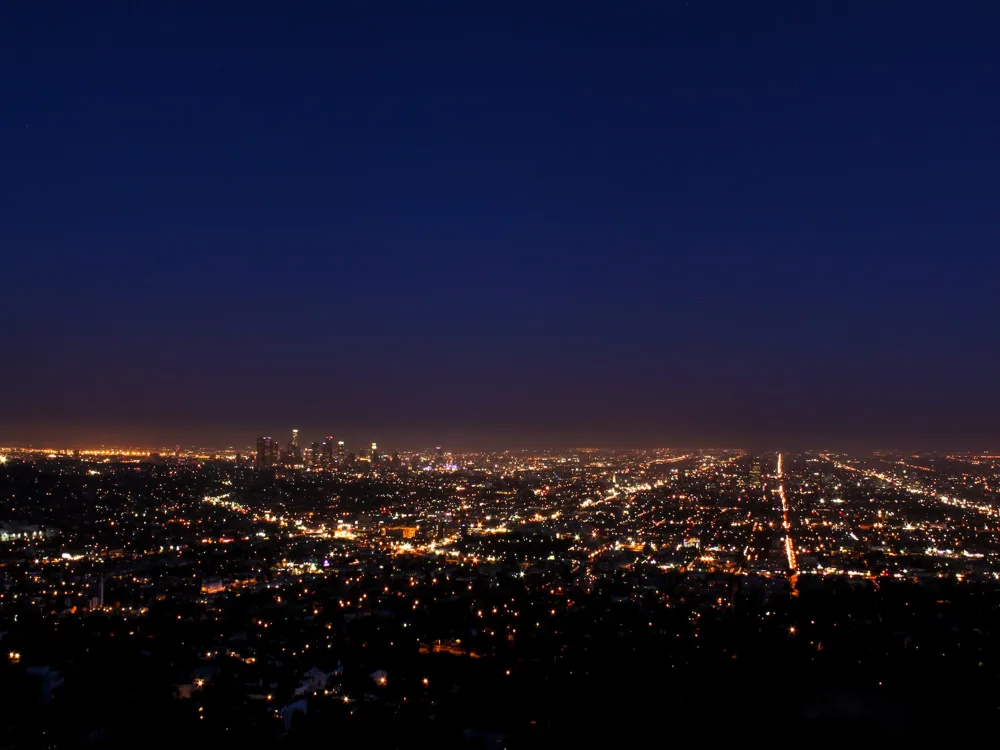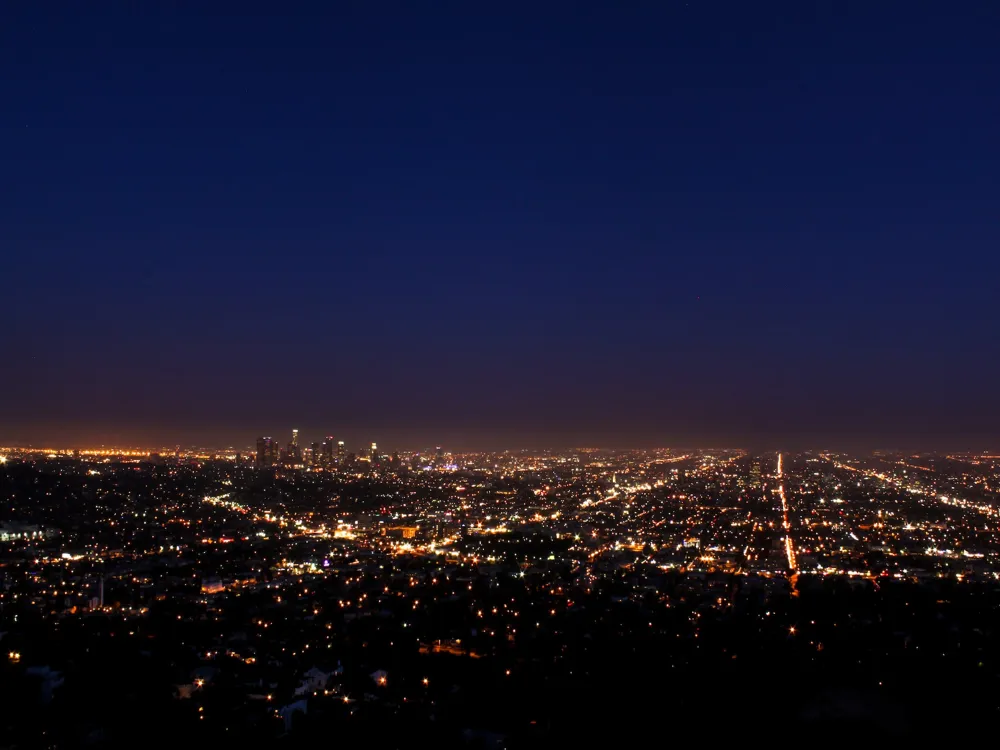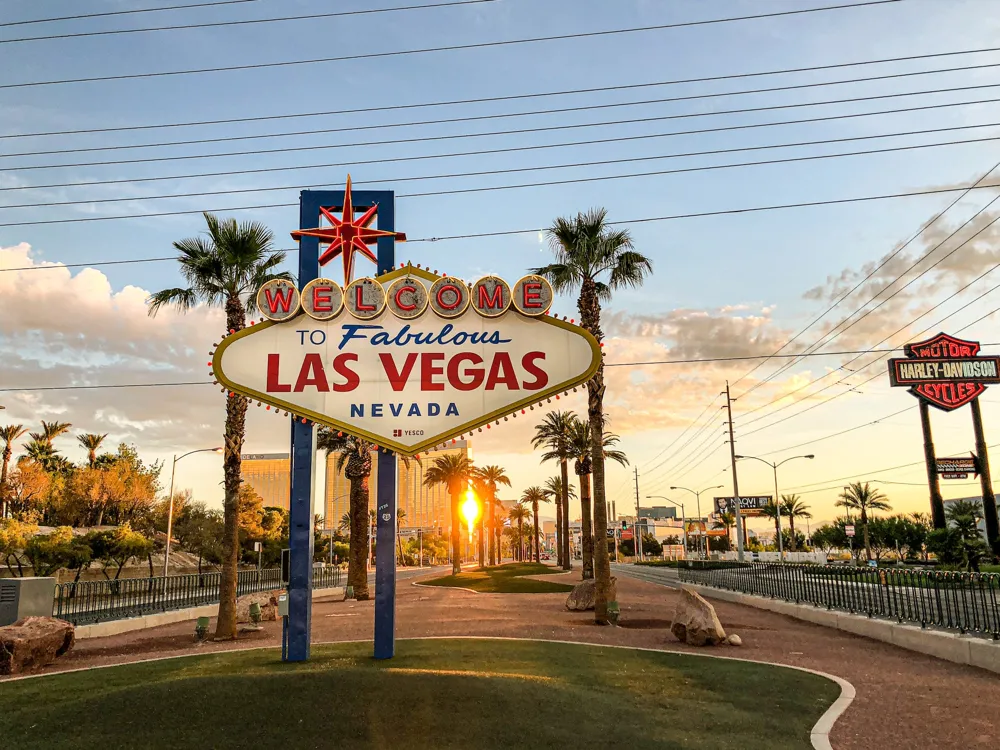Joshua Tree National Park, located near Los Angeles in California, is a vast protected area characterized by rugged rock formations and stark desert landscapes. Named for the region's bristled Joshua trees, the park straddles the cusp of the Colorado and Mojave Deserts, offering a variety of natural wonders, including unique wildlife and breathtaking geological features. The architecture in Joshua Tree National Park is predominantly natural, featuring an array of geological structures. The park is renowned for its fascinating rock formations, including Skull Rock and Arch Rock, which are natural sculptures crafted by wind and water erosion over thousands of years. Check the weather forecast and park conditions before your trip. Plan to visit popular sites early in the morning or on weekdays to avoid crowds. The desert climate can be very dry, so carry plenty of water, especially during hikes. Maintain a safe distance from wildlife and do not feed the animals. Remember, you are a guest in their home. Adhere to all park regulations, including staying on designated trails and not removing any natural objects. Desert temperatures can vary widely between day and night. Dress in layers to adapt to changing conditions. Joshua Tree National Park is accessible by car from Los Angeles. The main park entrances are located along Highway 62. The closest airport is Palm Springs International Airport, about an hour's drive from the park. There is no public transportation directly to the park, so renting a car is recommended for visitors flying into the area. Read More:Overview of Joshua Tree National Park, Los Angeles, California
Architecture of Joshua Tree National Park
Tips When Visiting Joshua Tree National Park
Plan Your Visit
Stay Hydrated
Respect Wildlife
Follow Park Rules
Be Prepared for Temperature Changes
How To Reach Joshua Tree National Park
Joshua Tree National Park
Los Angeles
California
NaN onwards
View los-angeles Packages
Weather :
Tags : National Park
Planning a Trip? Ask Your Question
Los-angeles Travel Packages
View All Packages For Los-angeles
Top Hotel Collections for Los-angeles

Private Pool

Luxury Hotels

5-Star Hotels

Pet Friendly
Top Hotels Near Los-angeles
Other Top Ranking Places In Los-angeles
View All Places To Visit In los-angeles
View los-angeles Packages
Weather :
Tags : National Park
Planning a Trip? Ask Your Question
Los-angeles Travel Packages
View All Packages For Los-angeles
Top Hotel Collections for Los-angeles

Private Pool

Luxury Hotels

5-Star Hotels

Pet Friendly






















